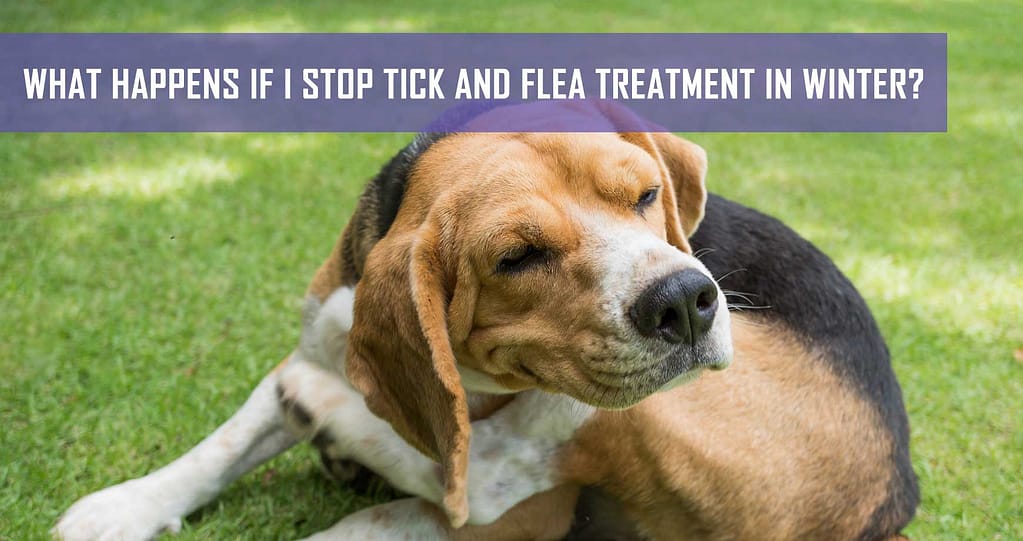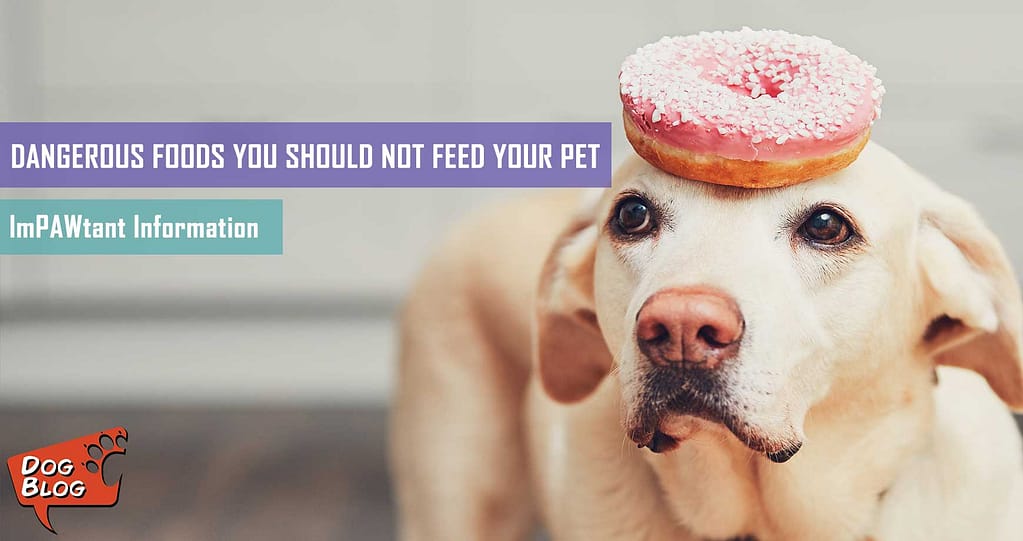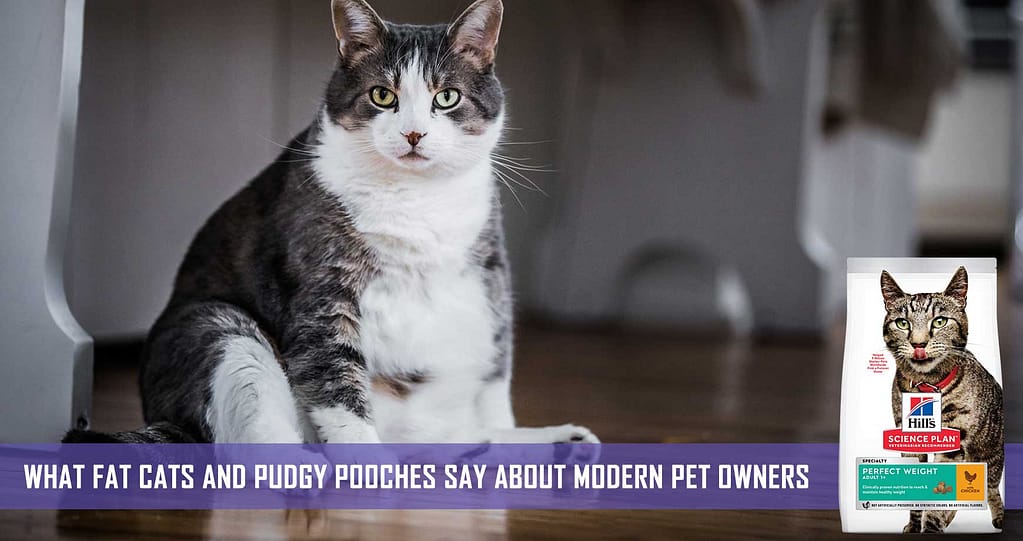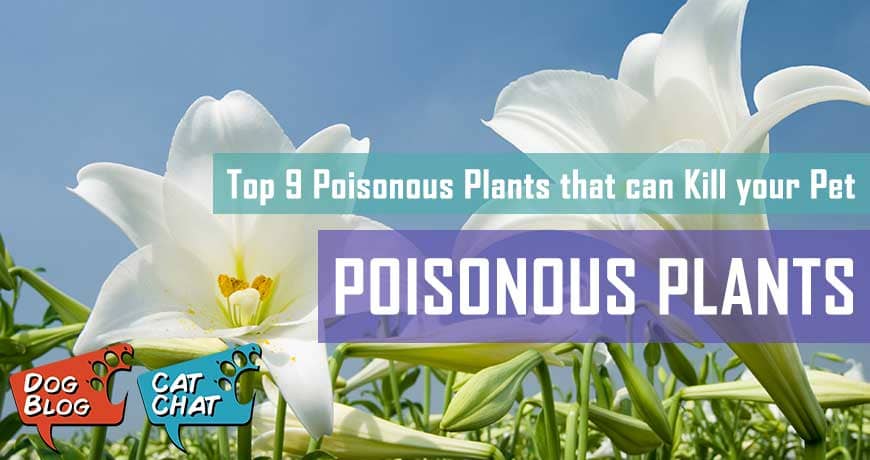Winter has arrived. As you pull on your jersey or zip up your jacket – and your dog’s jacket – maybe it’s crossed your mind that you can cut down on mosquito coils and tick and flea treatments, since external parasites go elsewhere during the cold months. Don’t they?
Nope – not quite. South African winters may get cold by our own standards, but they’re not nearly cold enough to make ticks and fleas go dormant. So while there may be a lot less tick and flea activity compared to summer time, the risk of biliary and tick bite fever is still very present in winter.
But it’s not ‘flea season’
The term ‘flea season’ describes the ideal conditions in which you’re most likely to experience an infestation of ticks and fleas. These little nasties just love hot and humid conditions and will grow, feast and reproduce prolifically during spring, summer and autumn conditions in sunny South Africa, especially after rains. That doesn’t mean that they suddenly go into hiding in winter – they just slow down. Don’t let this fool you into thinking your tick and flea treatments should slow down as well.
Ticks and fleas could still enjoy the sunny winter conditions outdoors and hitch a ride on your pet’s fur, coming into your home. A few flea eggs in a shaggy carpet (or even in a wooden floor) could hatch inside thanks to a warmer ambient temperature. After a feed, one female flea can lay up to 50 eggs a day, or 500 eggs in her lifetime – multiply that by the number of female fleas hatching from those eggs and you’ll soon have an infestation if nothing is done about it.
But we live in the city
Ticks and fleas aren’t only a farmyard problem. Sure, there are more ticks and fleas where there are more animals roaming outdoors, and farmers are more often exposed to the dangers of tick bite fever, but ticks and fleas also occur in urban and semi-urban areas. Where there are rodents, there will be pests, and you definitely still need to keep your pets’ tick and flea treatments up to date in winter.
But tick and flea treatments are expensive
Preventative treatments may seem expensive, but curative treatments for biliary and other diseases acquired from infected ticks and fleas are far more expensive, especially if they risk your pets’ lives. Even an environmental flea infestation (coupled with the flea’s complicated life cycle) can get expensive quickly, as continued pest treatments and removal will be needed before they are completely eliminated. Rather nip the problem in the bud from the very start.
The risks to humans
Not only are ticks and fleas dangerous to our pets, but these sneaky external parasites also love to dine on humans. Flea bites can cause skin irritations, but they can also transfer tapeworm eggs. Ticks are notorious for some really nasty tick-borne diseases that they can transfer while enjoying their daily meal. Just one bite from an infected tick can give a person a disease as serious as Crimean-Congo haemorrhagic fever (CCHF) (rare) or tick bite fever (quite common).
Don’t take your chances
While the risk of tick and flea infestations in pets is much lower in winter, it’s still there, so rather be safe than sorry. Don’t roll the dice on your pet’s health and wellbeing. Ticks and fleas bite into their hosts’ flesh to gain direct access to their bloodstream. This is very dangerous to both pets and humans, and can cause serious diseases and complications. If you think about it, a weekly, monthly or quarterly tick and flea treatment, which is easily accessible from your vet or even in our online shop, is the simplest and most convenient way to avoid a whole range of potential health problems down the line.
Find out from your vet which is the best kind of tick and flea preventative treatment for your pet: a topical application, a chewable medication, or a combination of the two. Remember to administer the products according to the correct timetable and close the window of opportunity for any external parasites to establish a new lifecycle.







